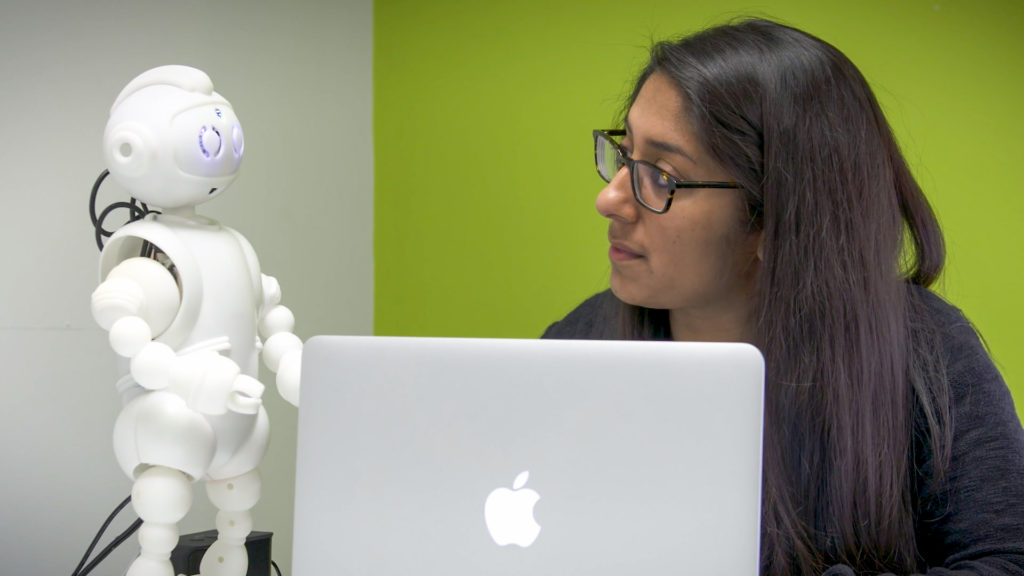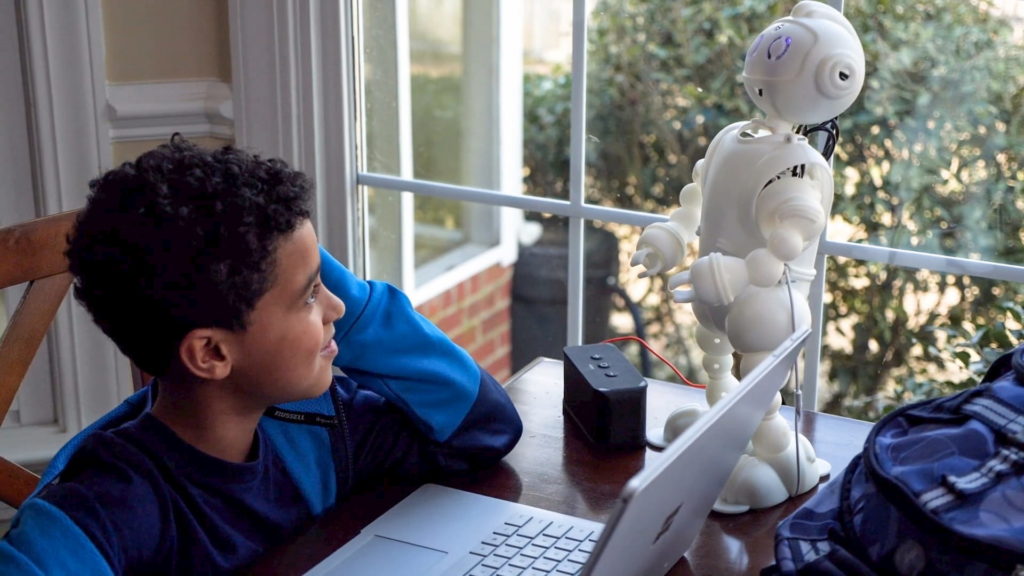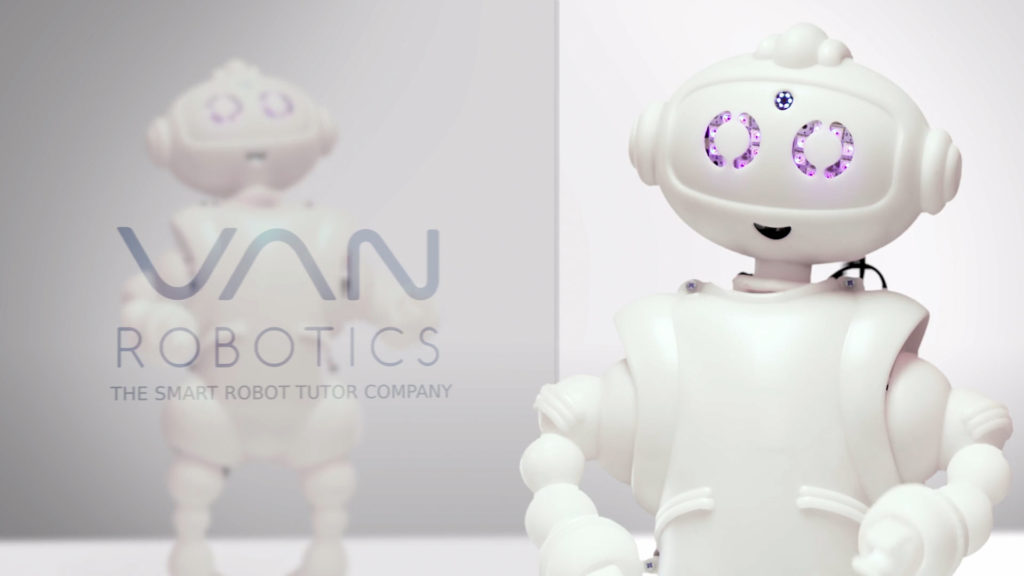Only 36% of high school graduates are ready for college STEM (science, technology, engineering, and math) courses. That lack of preparation is a real concern for educators. In an effort to improve STEM successes in K-5 settings, many teachers are turning to math technologies to assist in the classroom.

Can Children Really Learn from Math Robots?
K-5 teachers are required to cover a wide range of subjects as part of their core curriculum. It’s the rare teacher who doesn’t rely on Google at some point during the day. However, teachers often struggle to effectively teach to the many skill levels their students possess, while still covering all of the necessary curricula, within their limited class time. That’s why educators are turning to educational robots to provide one-on-one help in the classroom.
There are now a few educational robots today that are equipped with the math curriculum, designed to more fully prepare students for STEM challenges encountered in high school and college.
The more individualized practice students get with math, science, and engineering at an early age, the more success they will enjoy throughout their academic careers. To the student, it may feel like play, but educational robots that personalize tutoring is increasingly becoming a valuable resource for sustained STEM success.

How Does ABii Teach?
Van Robotics’ ABii teaches core subjects like math and reading, using standards-aligned lessons created by certified K-5 teachers. Each lesson delivery is adapted to best serve each student. That’s because ABii tracks performance and attention during every lesson to dynamically adjust her teaching. If a student misses a question, ABii will explain what the correct answer is and why. If a student is missing several problems and their attention is drifting, ABii will lead the student through a quick brain break. Further, ABii encourages students to persist through difficult problems and celebrates getting through those tasks along with each student.
ABii makes an effective robotic STEM teacher because:
- She engages socially: ABii and her on-screen friends are part of a highly engaging ecosystem, that features funny adventures and invites students to help ABii’s friends navigate the world by solving math problems.
- She delivers standards-aligned lessons: ABii’s lessons cover all national standards for each subject, at each grade level. Van Robotics works with certified K-5 teachers to create lessons that are reviewed by several educators before the content is adapted for students. This means that students can get extensive practice in arithmetic, geometry, fractions, decimals, and other math concepts, using strategies that experienced teachers know are effective.
- She tracks progress: ABii tracks the progress and attention pattern of each student she engages with while building a historical user profile to optimize each interaction. The student’s user profile can also reveal valuable insights for the student, such as what day(s) or time of day is best to introduce new concepts, or how long they tend to stay engaged before a break is needed. These insights actively help teachers and parents make informed decisions about how to optimize learning for the individual student.
In a given classroom setting, a student that is having trouble with a project requiring a multi-step math problem may be offered one-on-one time to spend with ABii. The student can then spend time with the robot tutor, going over and practicing, for example, multiplication concepts pertinent to the project. Even when a student is struggling with concepts from an earlier grade level, the student can still visit those concepts and practice, without fearing judgment from his/her peers. ABii allows the student to engage and play with concepts in a safe environment.
The teacher will also be able to track the student’s progress and ensure that he or she is ready to complete the project.

The Attention Your Child Needs for STEM Success
Classrooms today are crowded and STEM skills can be difficult to master in those conditions. One of the key features of educational robots, whether they are programmable are designed for tutoring, is that they fill a vital need — and will continue to be integrated into classrooms to assist teachers and delight the students with which they engage.
In math and science classes especially, educational robots for schools are helping students prepare for a future in STEM.


No comments